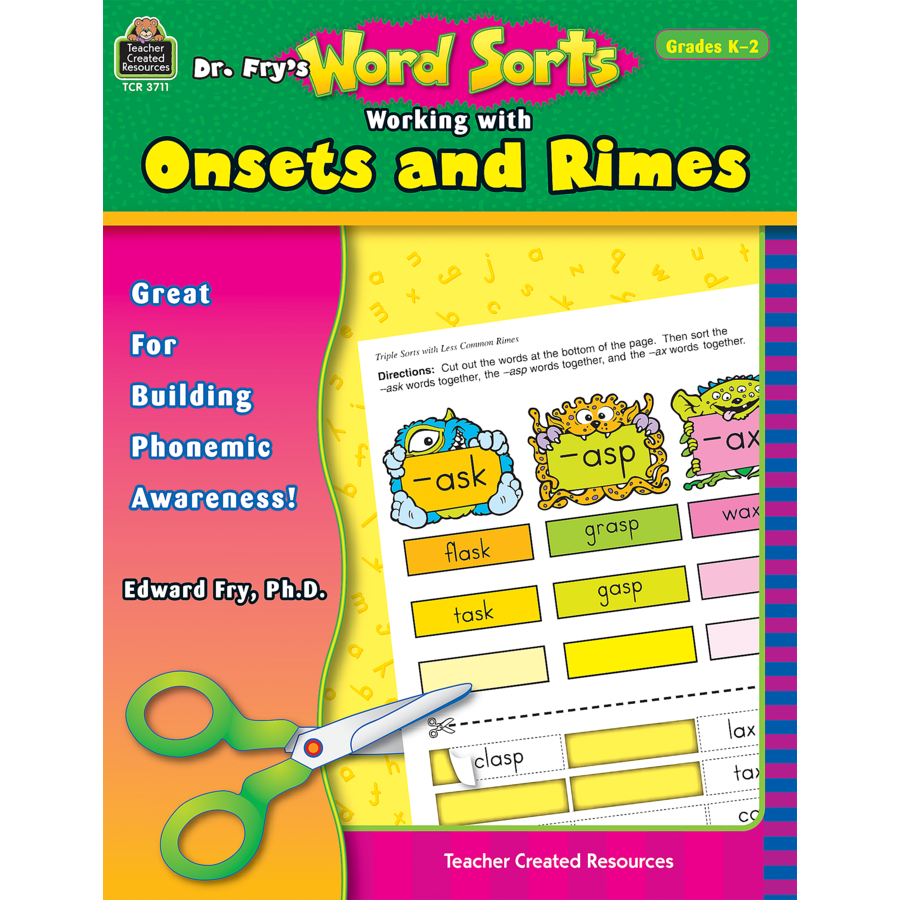
Then, start to review the previous day's new words during the next day's lesson.

Introduce three to five brand new words on the first day. It is recommended that you begin by thoroughly teaching three to five words to a child in a lesson. Students (past the 4th-grade level) that are having a hard time with the sight word lists is a red flag that they have serious reading difficulties. The major difference between the Fry and Dolch list is primarily that the Dolch list is for kindergarten to 2nd grade, while Fry's may be used up to fifth grade. Students can also practice writing short sentences that include Fry sight words as a type of follow-up activity.

Also, it is important for words to be practiced by readers in meaningful context through sentence and phrase reading practice. It is very important that young readers are able to recognize those high-frequency words instantly by sight to be able to build their reading fluency. So the first 100 words of Fry's are the 100 words that occur most frequently in English. Fry's words are listed based on how frequently they occur and are often broken into groups of 100 words. If all 1,000 words from Fry's list are learned, it can allow a child to be able to read around 90% of words contained in a typical website, newspaper, or book. It is hard writing a sentence without several of the first of the 300 words being used from the "Fry 1,000 Instant Words." As a consequence, students must have the ability to quickly read the initial 300 instant words based on the words that appear most commonly in reading materials that are used in Grades 3 to 9. Nearly half of every novel, children's storybook, textbook, and newspaper article is comprised of those 300 words. Fry, in his research, found these results: 300 words comprise around 65% of written materials, and 100 words make up about 50% of all words contained in publications, and 25 words comprise roughly 1/3 of all items that are published. Edward Fry during the 1950s, and then in 1956, he widened the sight word lists of Dolch and researched and published a book called "Fry 1,000 Instant Words." Dr. There are 315 Dolch sight words in total.Ī more modern list is the Fry sight words list and was extended to include the most commonly used 1,000 words. Dolch words are divided commonly into groups according to grade level, which ranges from pre-kindergarten up to third grade, along with a separate nouns list. The words make up 80% of all words that are found in children's books, along with 50% of words that are found in adult writing.Īfter the list of words is known by a child, it makes it much easier to read since the child can then focus her or his attention on the words that remain. There are 220 "service" words contained in the list, along with 95 commonly used nouns. Eward William Dolch was an educator who developed this list during the 1930s-40s by studying the words that most frequently occurred in children's books in that era. The most commonly used sight words list is the Dolch sight words list. In this article, we will be explaining the origin of the list as well as detailing the included words.

The number of words that are required at every grade level is 100 words in kindergarten, 200 words in first grade, 200 words in second grade, 200-650 words in third grade, and 650-1000 words in fourth grade. Actually, there is an expanded list that includes the most common 1,000 words, which is the Fry sight words list. You might have heard before of the Dolch sight word list. Approximately 1,000 sight words exist and are divided into groups that range from pre-K up to 4th grade these are used in an estimated 90% of all of the text that is read daily.Īt the beginning reading phase, it is critical for students to master the age-appropriate 1,000 sight word list with a 95% accuracy rate to ensure successful reading in school.

Since those words are often used, it is critical for readers to have the ability to recognize them right away without needing to sound them out. Sight words are those words that are frequently used in writing and reading.


 0 kommentar(er)
0 kommentar(er)
